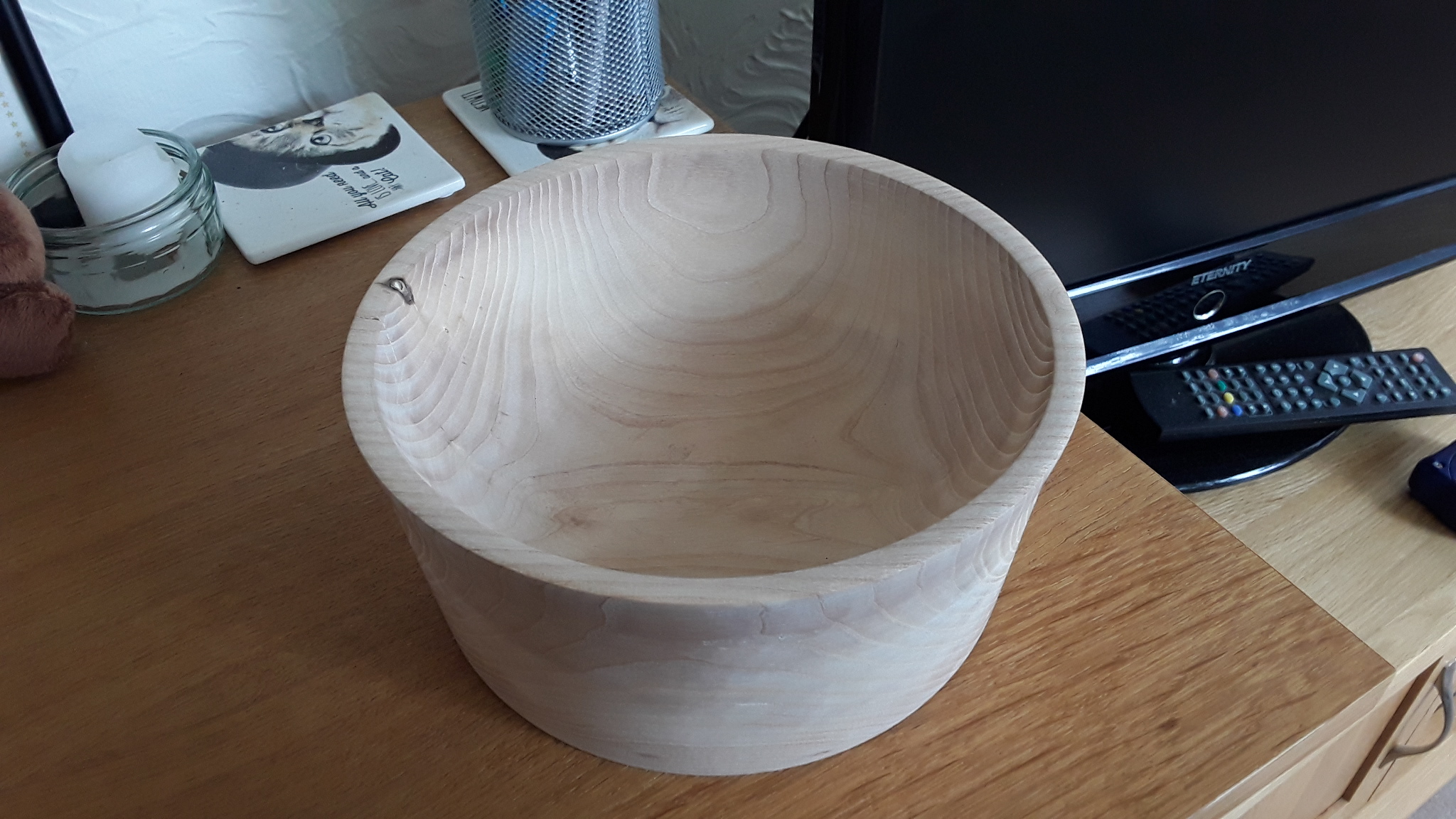Distinterior
Established Member
I finished a kitchen for a Client recently and they have asked me if I can make them a small kitchen table to go in the room.
I showed them a small section of what I believe to be Ash (small piece in my picture) that was felled locally. The Client liked the pale colour and it will fit in well with the room setting.
I have found someone selling well seasoned Ash locally and he has kindly allowed me to take a section away to show my Client.
I ran it through my P/T this morning and when I've put the 2 pieces side by side, the colour is different.
Is there more than 1 species of Ash tree indigenous to the UK and if so, what species does everyone think I have...?

Thanks, Tim.
I showed them a small section of what I believe to be Ash (small piece in my picture) that was felled locally. The Client liked the pale colour and it will fit in well with the room setting.
I have found someone selling well seasoned Ash locally and he has kindly allowed me to take a section away to show my Client.
I ran it through my P/T this morning and when I've put the 2 pieces side by side, the colour is different.
Is there more than 1 species of Ash tree indigenous to the UK and if so, what species does everyone think I have...?

Thanks, Tim.





































